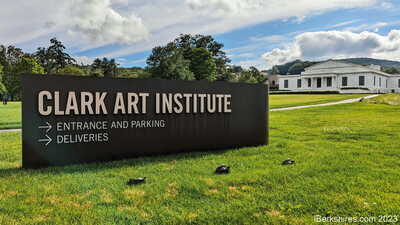Clark Art Concert By Zarabanda Variations
WILLIAMSTOWN, Mass. — On Sunday, May 19 at 4 pm, the Clark Art Institute presents a performance by visionary classical group Zarabanda Variations and the American Modern Opera Company.
The concert takes place in the Clark's auditorium, located in the Manton Research Center.
According to a press release:
Led by violinist Keir GoGwilt, Zarabanda Variations is a group of composers, improvisers, and performers inspired by the musical histories of sixteenth- and seventeenth-century New Spain. The?zarabanda?is a dance with possibly Spanish, American, and Arab origins, which eventually transformed into a courtly European Baroque dance.?This performance?sounds the archival gaps of early American music, creating a vibrant synthesis of European and Latin Baroque, folk, and contemporary musical traditions.?
The American Modern Opera Company (AMOC*) is one of the most exciting and innovative new music collectives operating today. AMOC*, founded in 2017 by Matthew Aucoin and Zack Winokur, is a group of dancers, singers, musicians, writers, directors, composers, choreographers, and producers united by a core set of values. AMOC* artists pool their resources to create new pathways that connect creators and audiences in surprising and visceral ways.
The performance features Jonny Allen (percussion), Vicente Atria (composition), Miranda Cuckson (viola), Emi Ferguson (flute), Mariana Flores Bucio (singer), Keir GoGwilt (composition, violin, band leader), Alec Goldfarb (guitars), Kyle Motl (composition, bass), and Wilfrido Terrazas (composition, flutes).
Tickets $10 ($8 members, $7 students, $5 children 15 and under).?Accessible seats available. Advance registration encouraged. Register at
clarkart.edu/events.
Tags: Clark Art,

